Colorless portraits have so much to communicate than colored photos. An artistic piece can transform someone’s life in many ways. That is why photographers turn their galleries of colored images into grayscale. The intention to change color, especially with photography art prints, can have tremendous impacts and benefits. Here are a few highlights.
Calmness
Too many colors are distracting, and they obscure what is going on since the eye is more attracted to color. A colorful subject is excellent, but it complicates the visual aspect by overwhelming the viewer. Like salt, color adds taste, but it is tempting to add too much. Imagine someone standing in front of a bright yellow billboard with lots of writing. The scene can be very distracting, but a black and white photo print helps control the effect with subtle tones.
Focuses on Form, Composition, and Texture
A colorless image emphasizes the shape and composition of the subject, adding a timeless fine art appeal. A soft palette with long exposure has a way of bringing out otherworldly beauty in a photo. We are used to a world of color, but this perception neglects other vital elements, including the shape, texture, form, contrast, and lighting. When shooting for black and white portraits, some aspects like color temperature from the ambient light are out of the equation.
Adding Emotion and Mood
Rich blacks have a psychological appeal associated with the variance in tonal range. This connection makes people stop to see what’s presented on a black and white photography art prints. Adding such prints to your wall art showcases your personality, giving an Insta-worthy look to your living space.
Thematic Consistency
Monochromatic hues augur well to bring cohesive work of art. Photographers looking to design a body of work should try black and white photos and display them in one place. The problem with colored images taken in bright light is that they are hard to showcase alongside others shot from incandescent bulbs. The tones and colors will feel so misaligned. However, monochromatic images fit pretty well when put together regardless of the lighting condition they were shot in. What’s more, they still look cohesive decades later.
Many artists prefer black and white images to tell a story, whether cultural or religious. Monochrome enhances the mood, transcending reality and transforming subjects into a realm without distraction. Some objects are best revealed in monochrome. It adds a timeless quality to images, making it hard to figure out when the photographer took the photo.
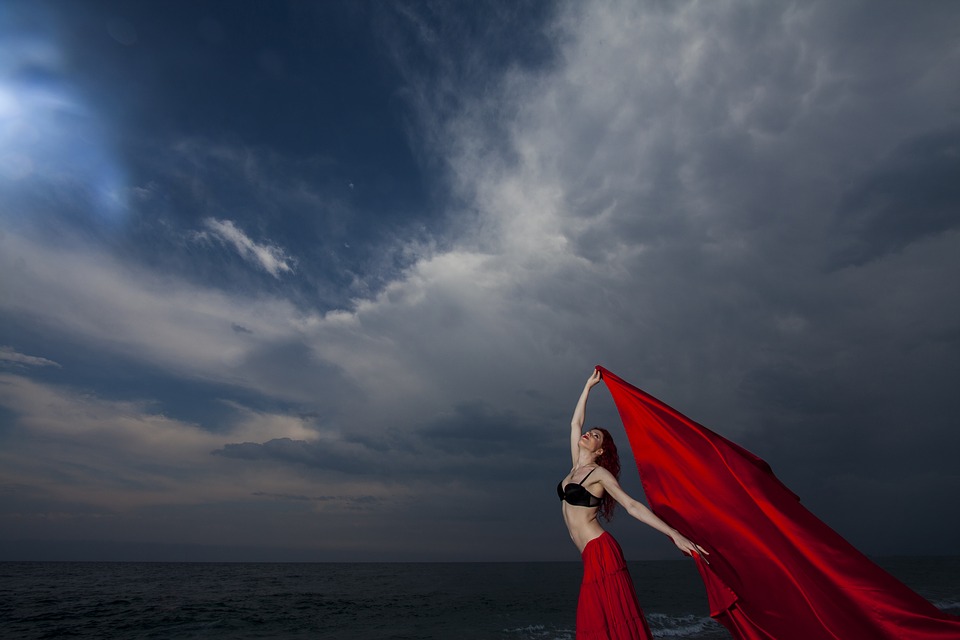
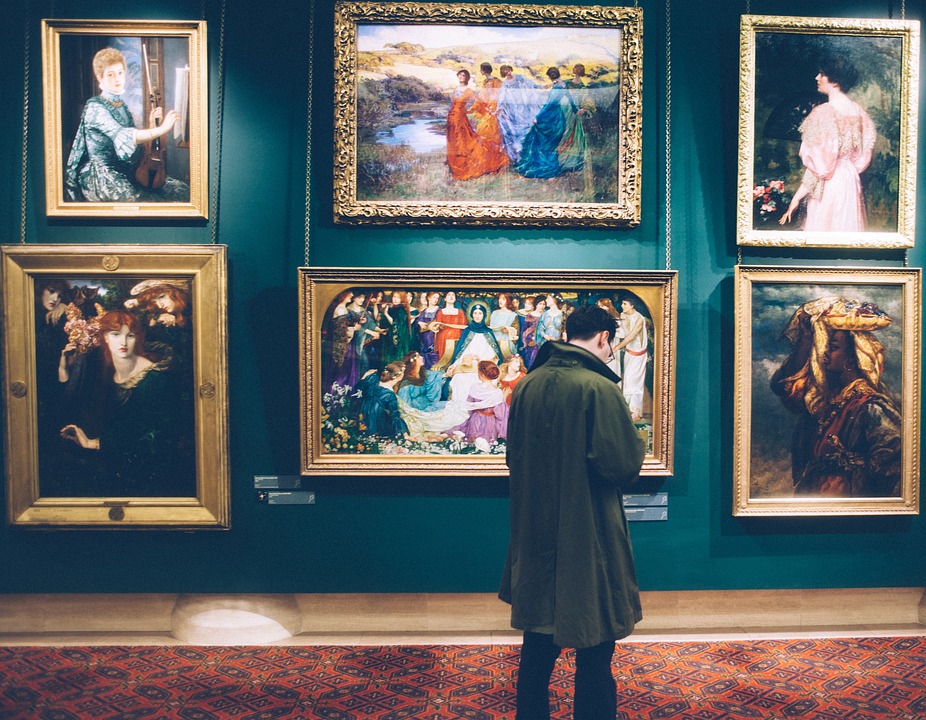
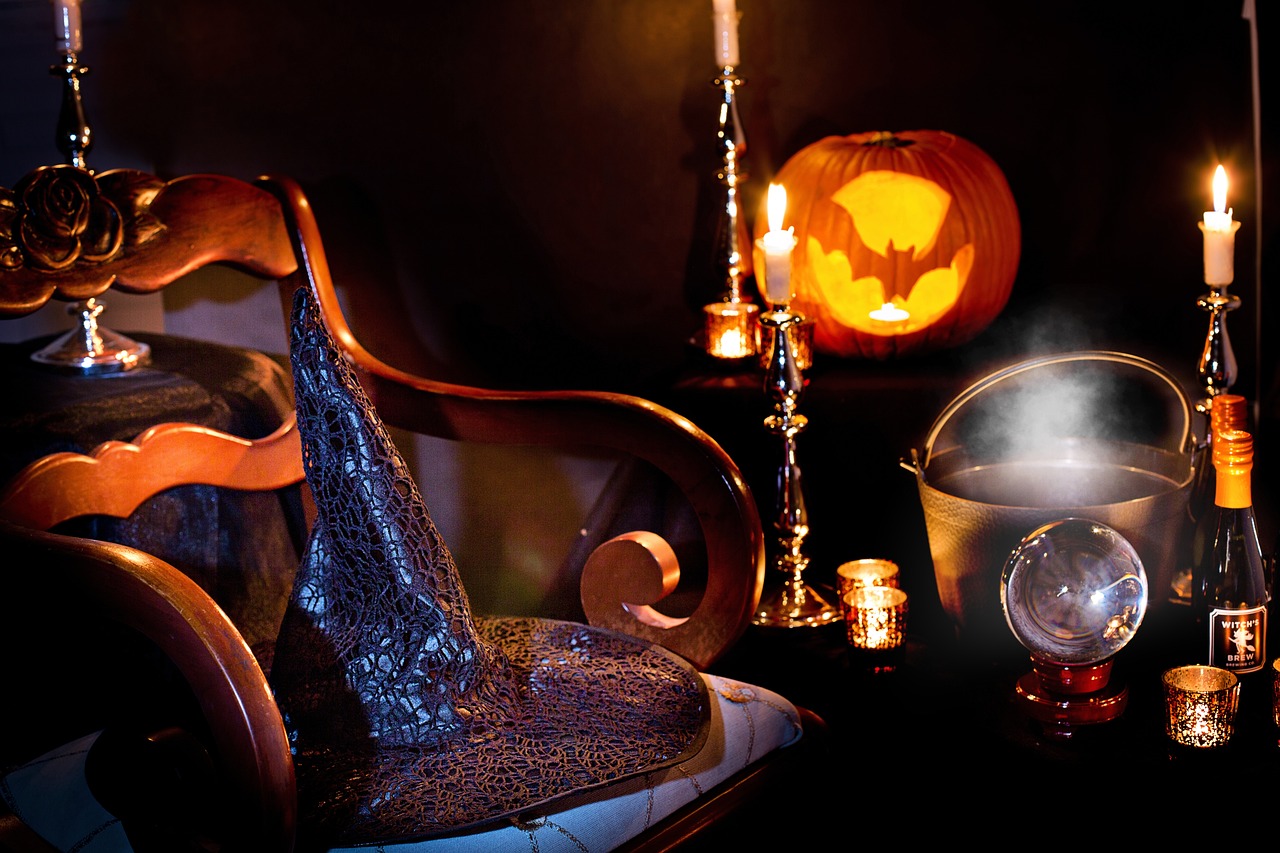

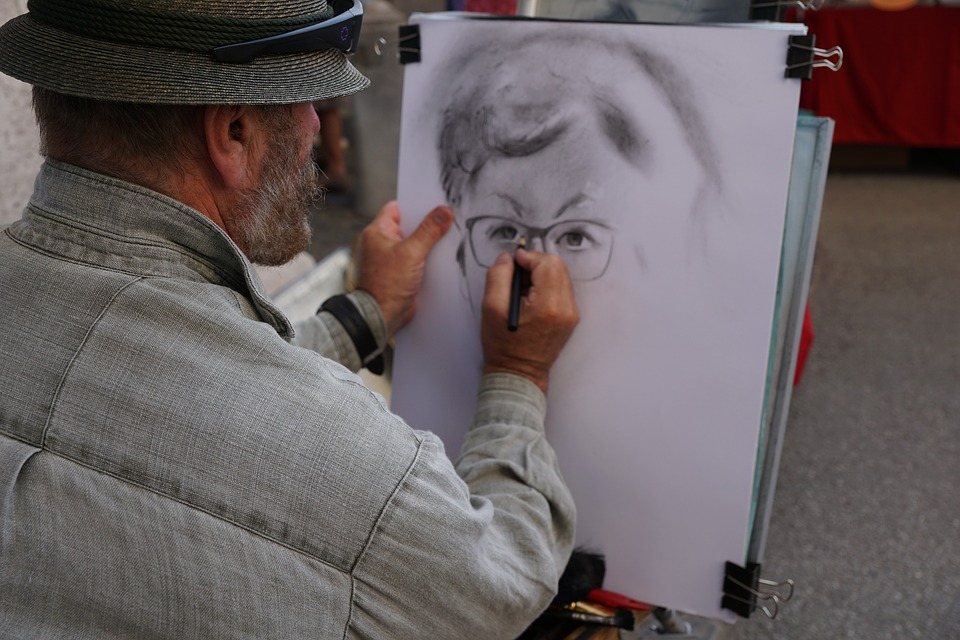
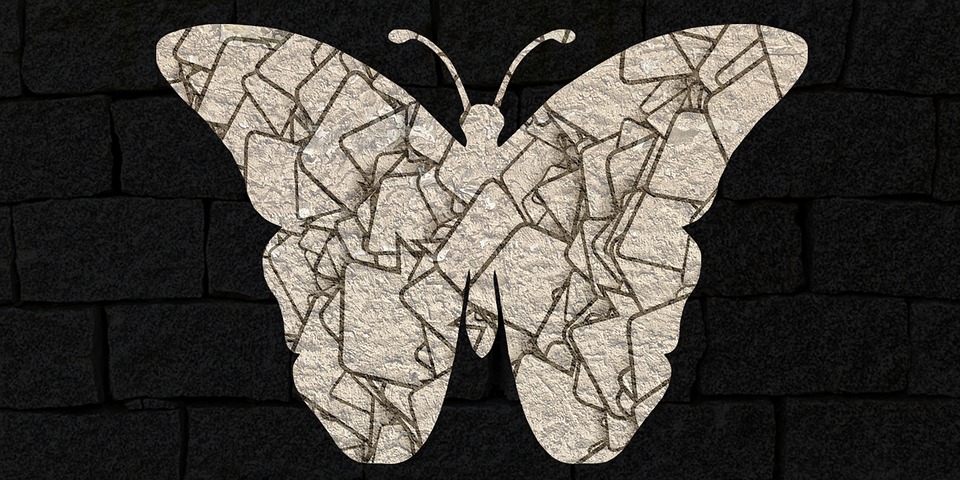
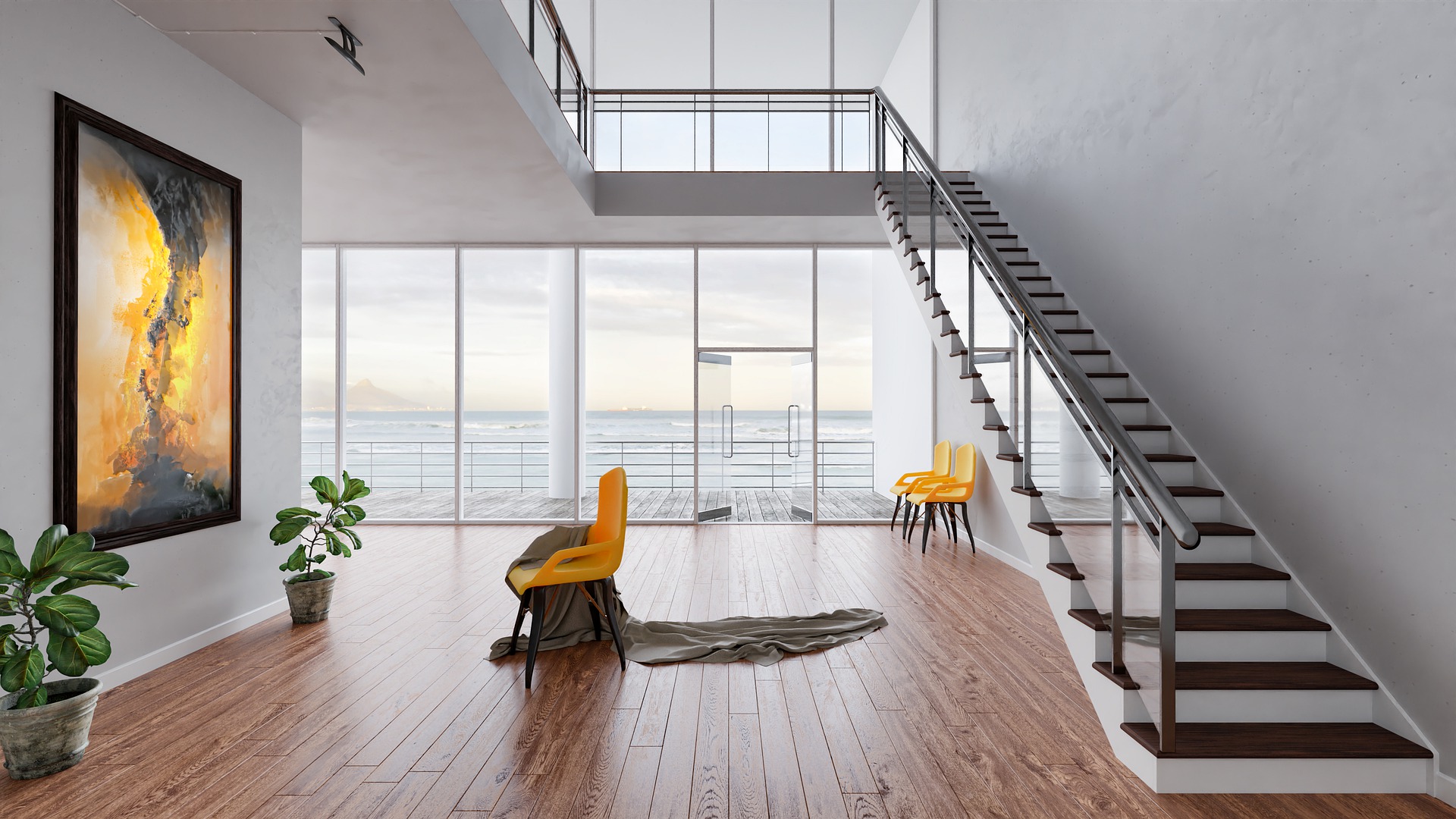
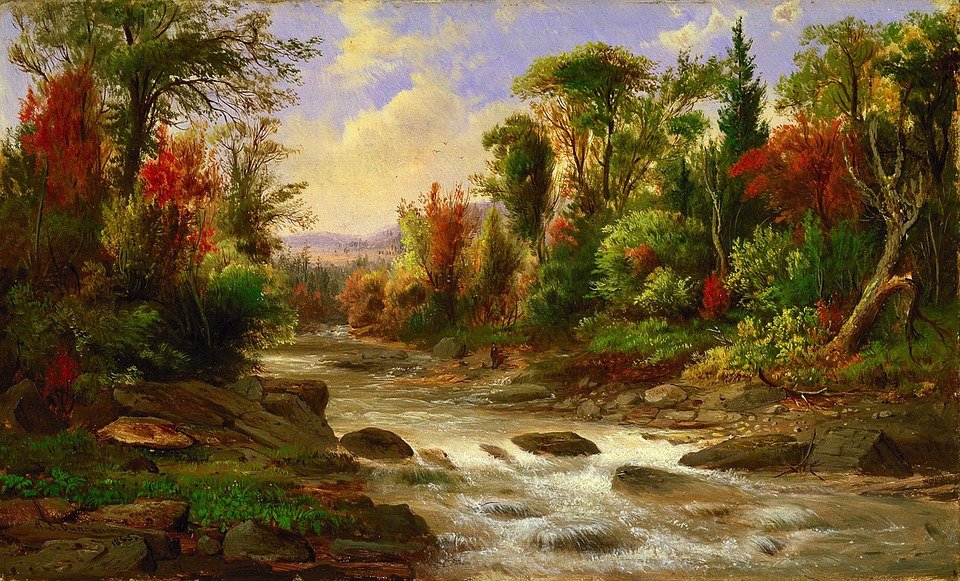

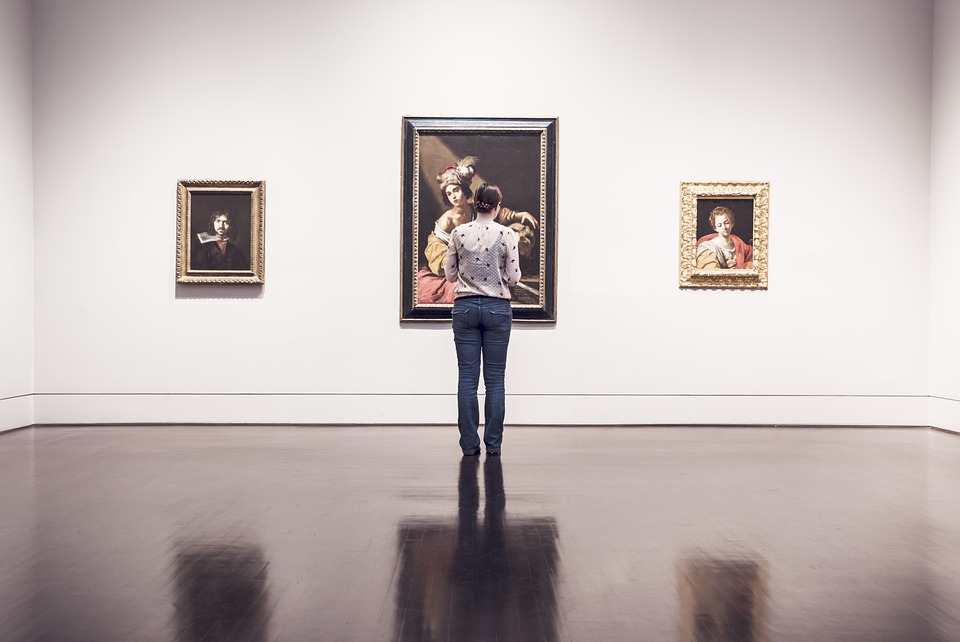
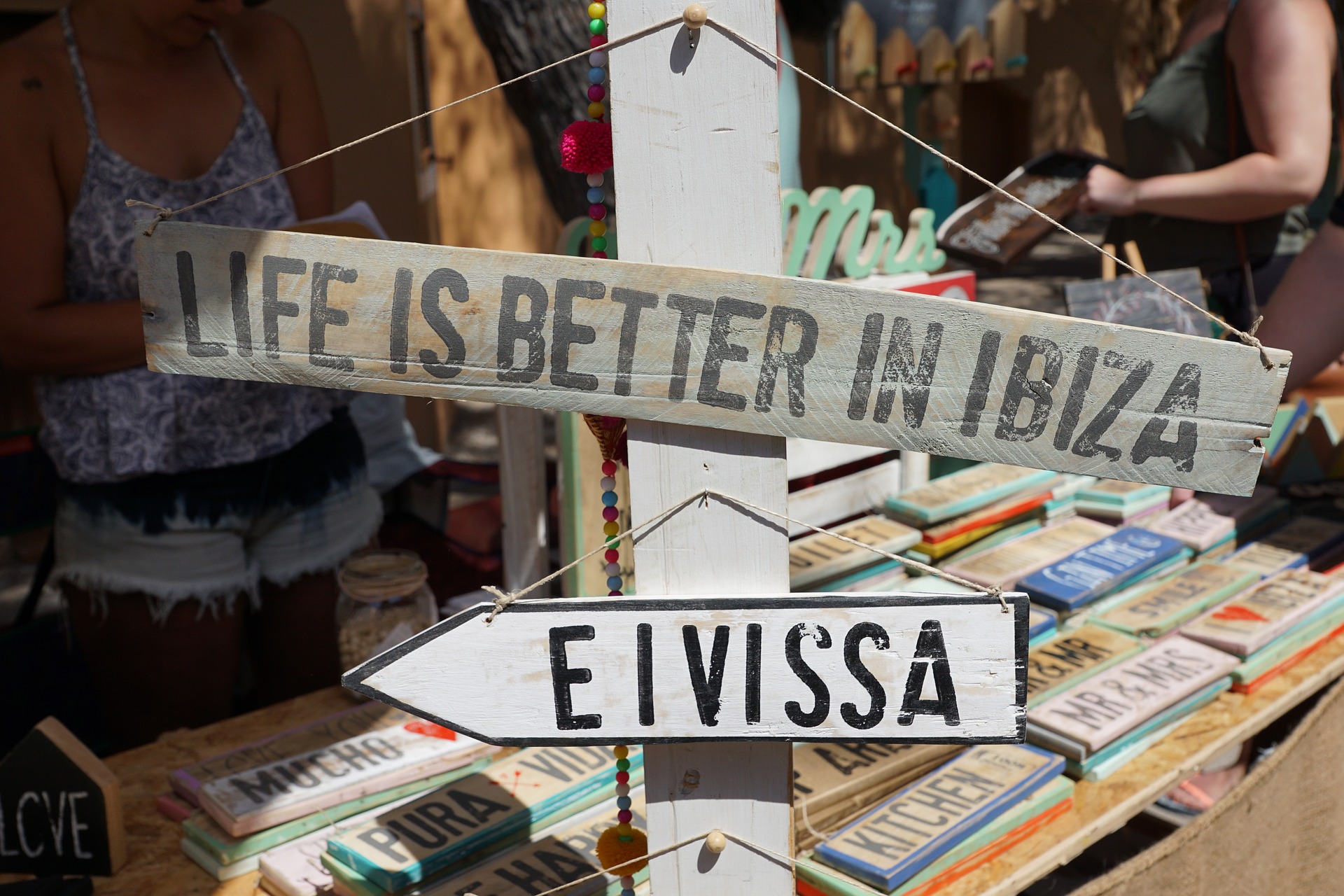
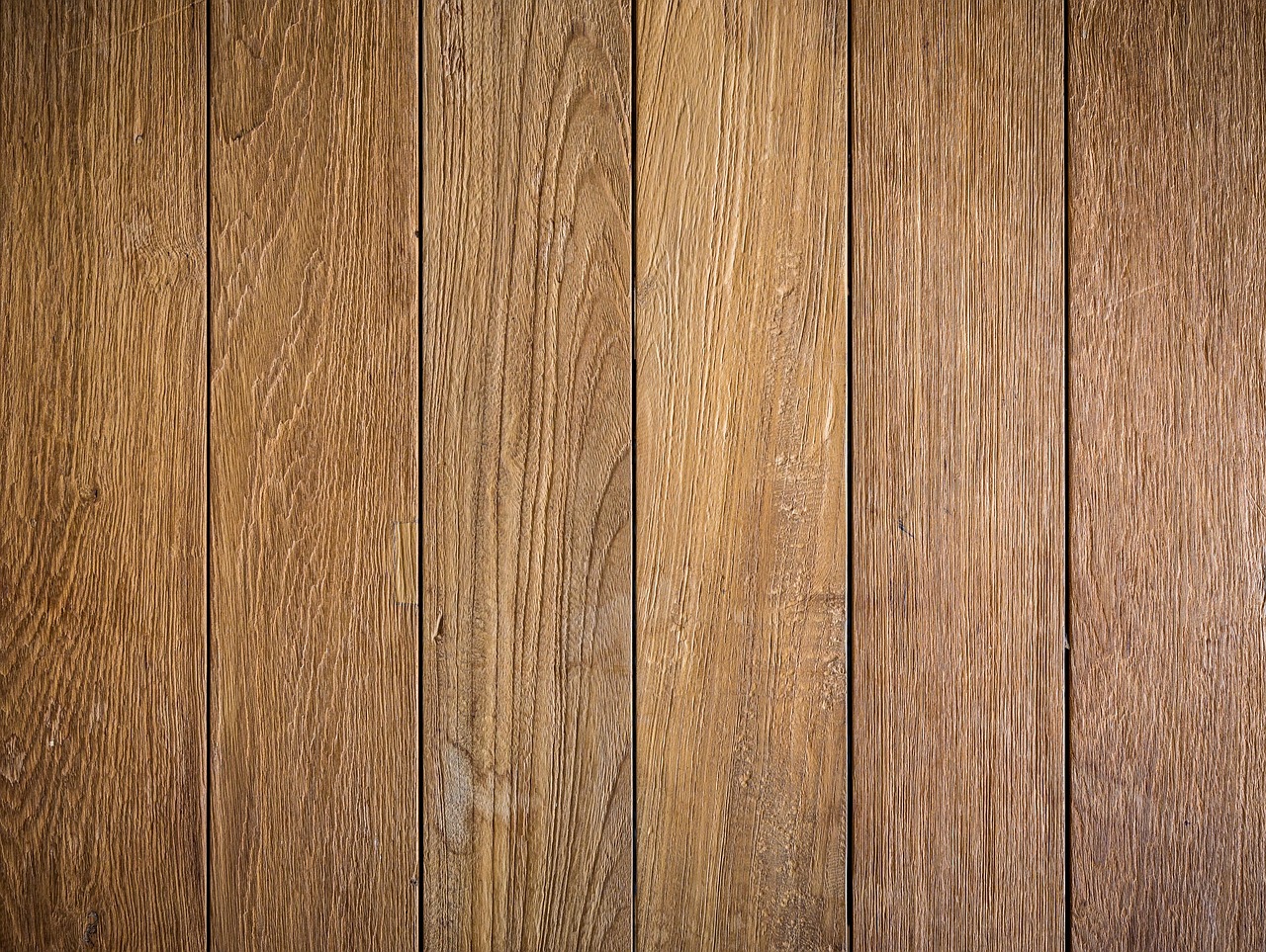



Leave a Reply